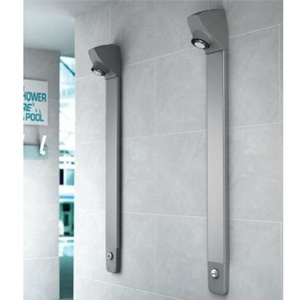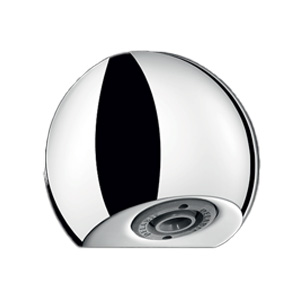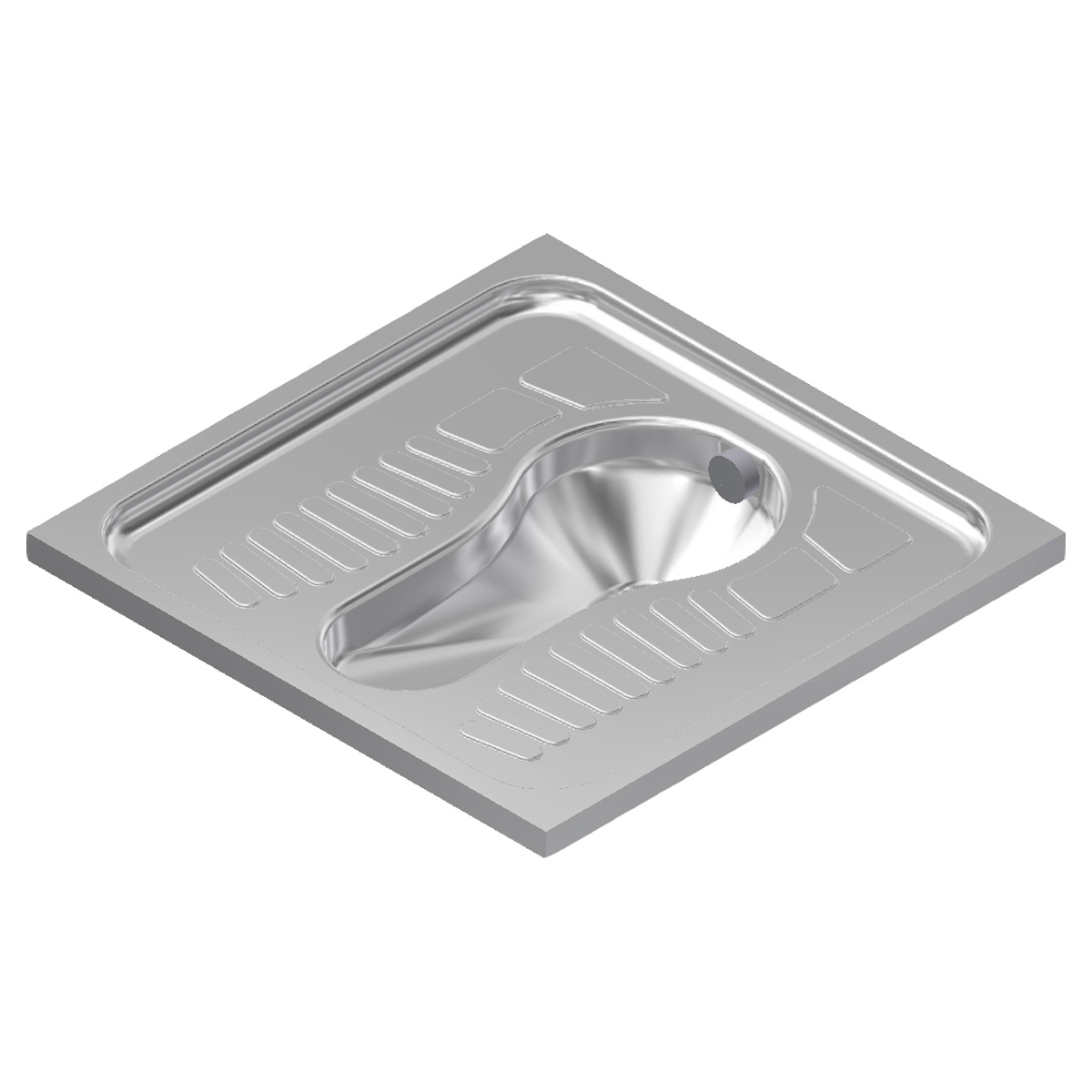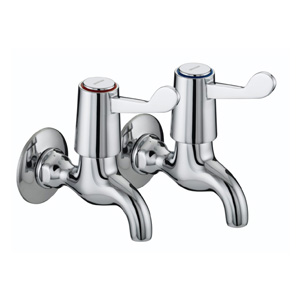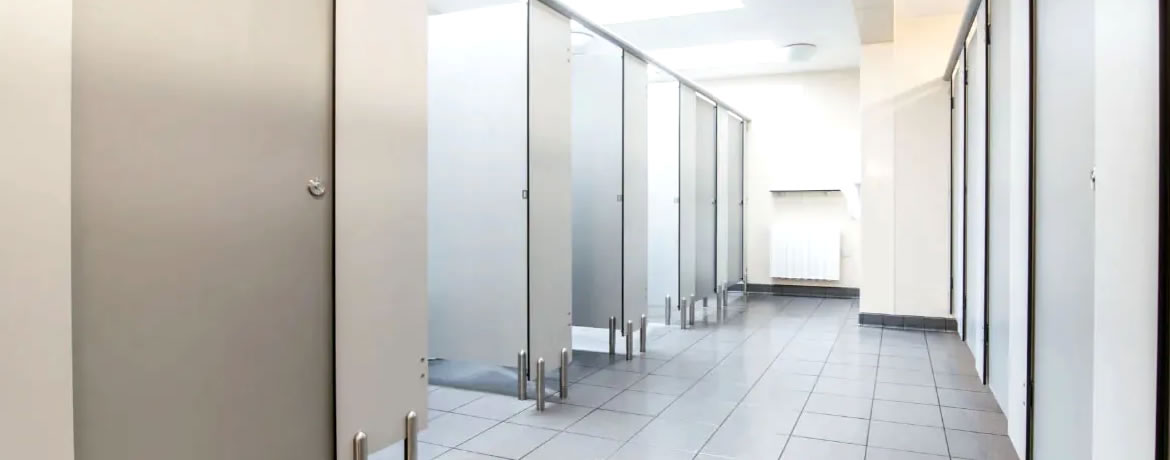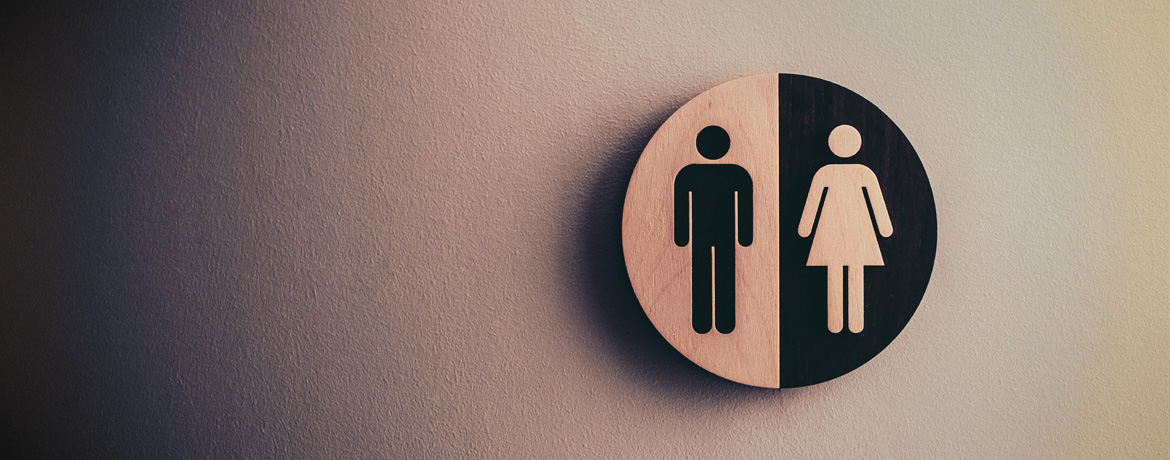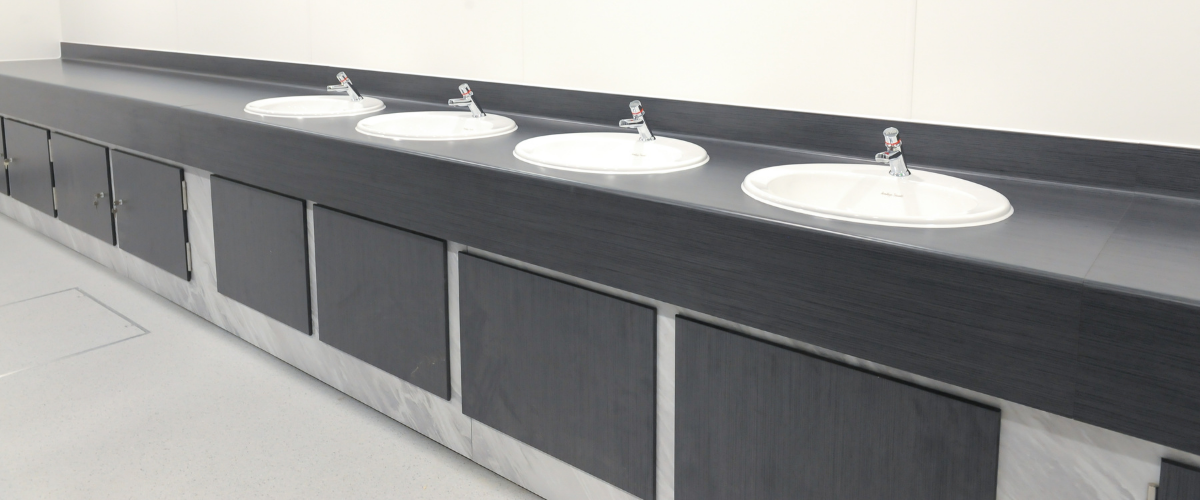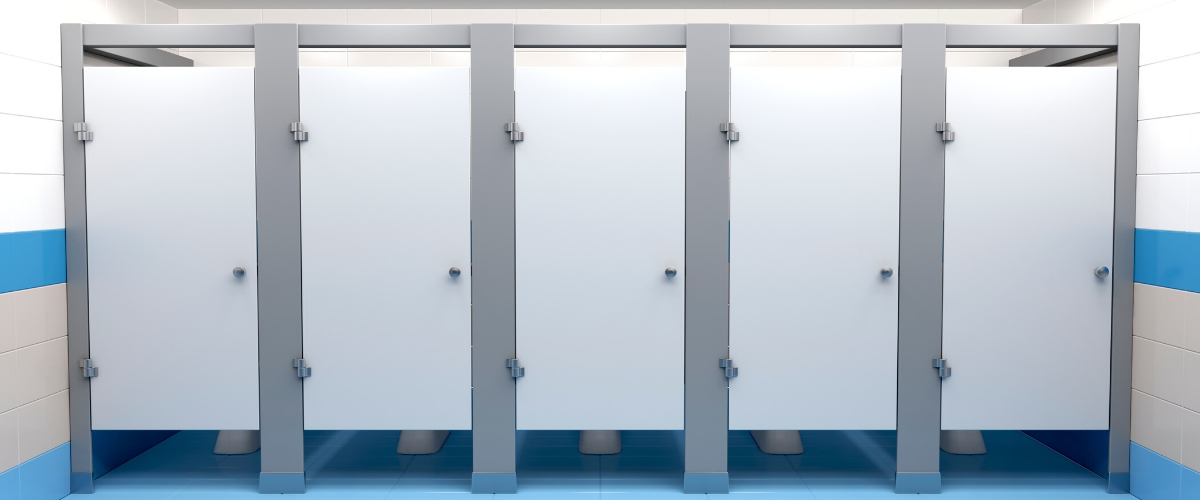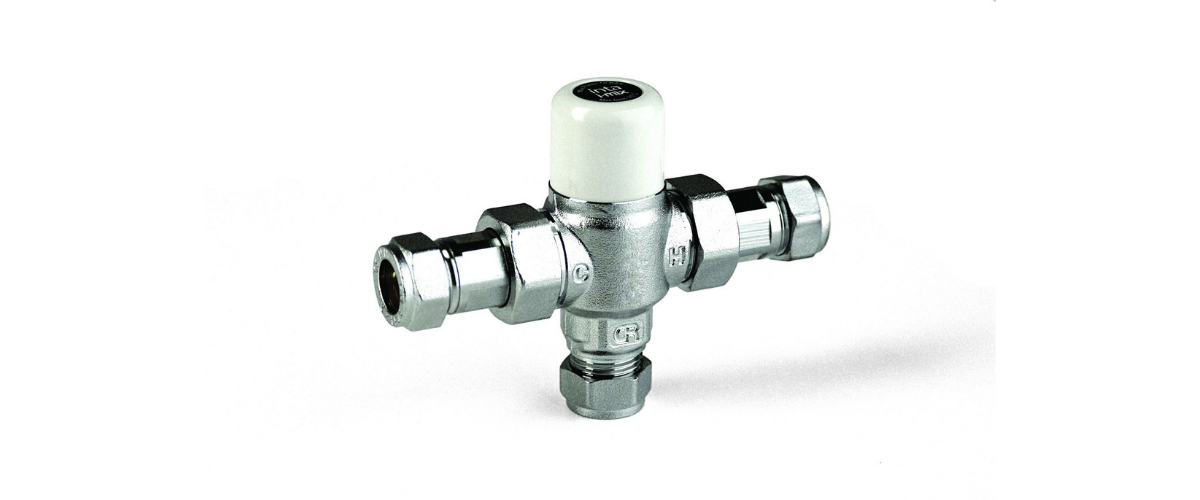Commercial Washroom Terms Explained
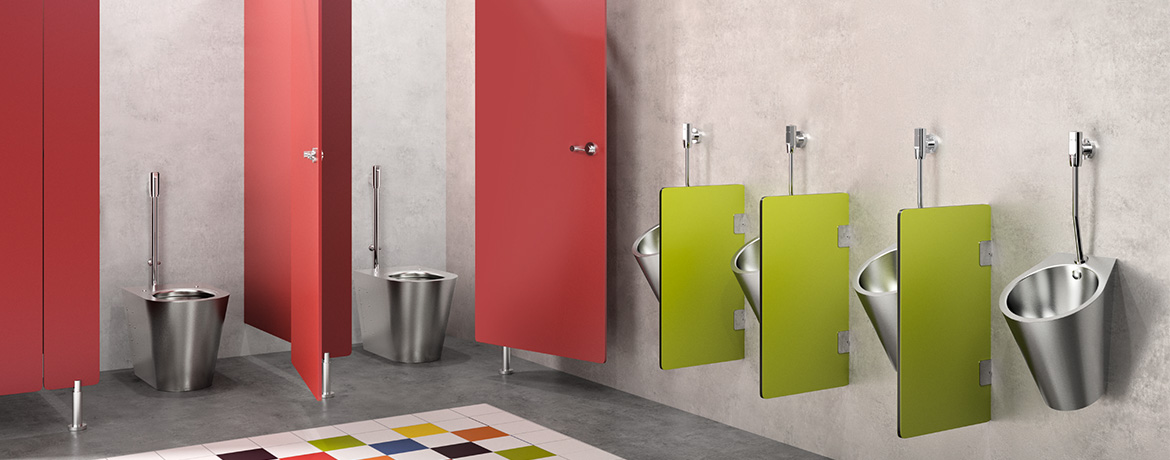
Navigating the abbreviations and terms in the commercial wash space can be tricky. Here we break them down and shine light on everything from your IPS, to your TMV…
Whether it’s reading a proposed specification for a new series of washrooms, or understanding what’s needed for your next refurb, there’s a lot to consider. It’s important to understand the details, as different commercial environments often require specific finishes and standards.
For example, in a clinical setting, such as a doctor's surgery or hospital. You might need to pay closer attention to those features that bolster high hygiene standards. Meanwhile, in a nursery or early years school situation, you will need to consider accessibility, usability and anything that will help foster good personal hygiene habits going forward. A public washroom will naturally need strong durability and anti-vandal features, while a corporate office, less so.
So below, we walk you through some of the most common terms and abbreviations found when discussing toilets, shower, or changing rooms:
W.C. / Water Closet
You might already be familiar with the term water closet, which these days tends to be a slightly old-fashioned, but polite name, for a room that contains at least one toilet and hand wash basin.
Bathroom
In the UK, the bathroom is something at home, which, quite obviously contains a bath. However, this Americanism is also being adopted here in Britain. Other terms might include a restroom, washroom, or toilet.
TMV: Thermostatic Mixer Valve
A thermostatic mixer valve is often abbreviated to TMV. This device is fitted to protect users from scalding themselves. It works by blending a hot and cold feed of water before it comes out of the hot tap at the washbasin. This maintains a warm temperature of water but removes the risk of boiling water coming through onto people’s hands. TMVs are fitted to all hot water outlets in a commercial environment.
Shower Panel: Also, called a Shower Tower or Shower Column
This term can sometimes be confusing, leading some to think it is merely a waterproof panel for the wall. However, a shower panel in a commercial setting refers to a unit that contains both the shower controls and the shower head. These units make installation, maintenance and repair very easy, with the entire shower panel being easily removed.
IPS: Integrated Plumbing System
This term will be seen on items like IPS Panels, or IPS Duct sets. The idea of an integrated plumbing system is one that means keeping all the pipes, electrics and cisterns hidden from view. So a duct set would create a thin, false wall, or void, in which to ‘integrate’ all the mains services. This would then be concealed by using IPS panels. You would see this behind a toilet, concealing the cistern and pipework, but also under a hand wash basin or wash trough.
Trough - Wash and Urinal
A trough is a long vessel to hold water. You might see the term trough used to refer to a urinal, where multiple users can stand in front and use it simultaneously. You will also see the term ‘wash trough’ being in use a lot these days too, referring to a wide communal wash basin, again, where multiple users can access it at once.
Doc-M
Doc-M is an abbreviation of Document M of Building Regulations. It is used when referring to accessibility and predominantly disabled access washrooms. A Doc-M Pack, for example, is a kit that contains everything that you need to make a washroom compliant with this section of Building Regulations.
Anti Ligature
A ligature point is something that a user could use to hang a cord from and harm themselves. Anti-ligature products, which as shower heads, mean they are of a design that makes this impossible. Anti-ligature features are important for all washrooms, but more specifically in institutional settings, such as prisons, or washrooms where vulnerable people are likely to use them.
Non Concussive Tap
A non-concussive tap is one which is pushed to open the flow of water but will switch off automatically after a set period of time. These taps prevent the risk of taps being left on and help to preserve water.
Flush Fronted Cubicle
A flush-fronted cubicle is where the cubicle door sits in line with the pilasters or wall it is adjoined to. Flush fronted might also refer to the fact it has no protruding lips, edges or handles.
Blow Down Dryer
This is a type of hand dryer that has a directional flow of hot air that blasts down onto the hands of a user.
Blade Dryer
This type of dryer has a more directed, pressurised, thin stream of air blown onto the hands. Items like the Dyson Airblade work with the premise that water is stripped away from the hand by air pressure, rather than through heat and evaporation.
RADAR Locks
These are a type of universally accredited lock that allows only registered disabled users to carry a key. RADAR locks are used for disabled washrooms that might not be monitored during the day. They prevent misuse and ensure that only RADAR key holders can use them.
Squatting pan
This is a type of toilet pan that is squatted and hovered over, rather than sat on like a traditional toilet pan normally found in the UK.
Hospital sink
Also known as surgical sinks, medical sinks and scrub sinks, this type of basin is used in healthcare settings and operating rooms. These units usually boast very high hygiene standards and often don’t have a lip or rim as this is where bacteria can harbour and cause problems.
Cleaners sink
A cleaners sink is one which is normally situated lower to the ground and will hold a bucket to be filled. It will normally contain a grate too, which allows for sturdy placement of the bucket, and to catch any bigger items or debris when emptying the bucket.
Bib tap
A bib tap is a wall-mounted tap that has the ability to attach a hose to it. These are used in washrooms where caretakers might need to deep clean and hose down the wash space.
SGL: Solid Grade Laminate
This is a type of material normally used for toilet cubicles and vanity units. SGL, or solid grade laminate is a material that’s completely impervious to water, so will never swell or weaken from ingress water. It’s highly durable and used through a wide range of commercial washroom settings including those housing showers.
HPL: High Pressure Laminate
High Pressure Laminate is a very durable material used in washroom settings that are predominantly dry and is not used where showers are present.
MFC: Melamine Faced Chipboard
This type of panel is used for a wide range of commercial washroom settings to create toilet cubicles and vanity units. However, this material is not well suited for settings that are prone to misuse, or that contain showers.

